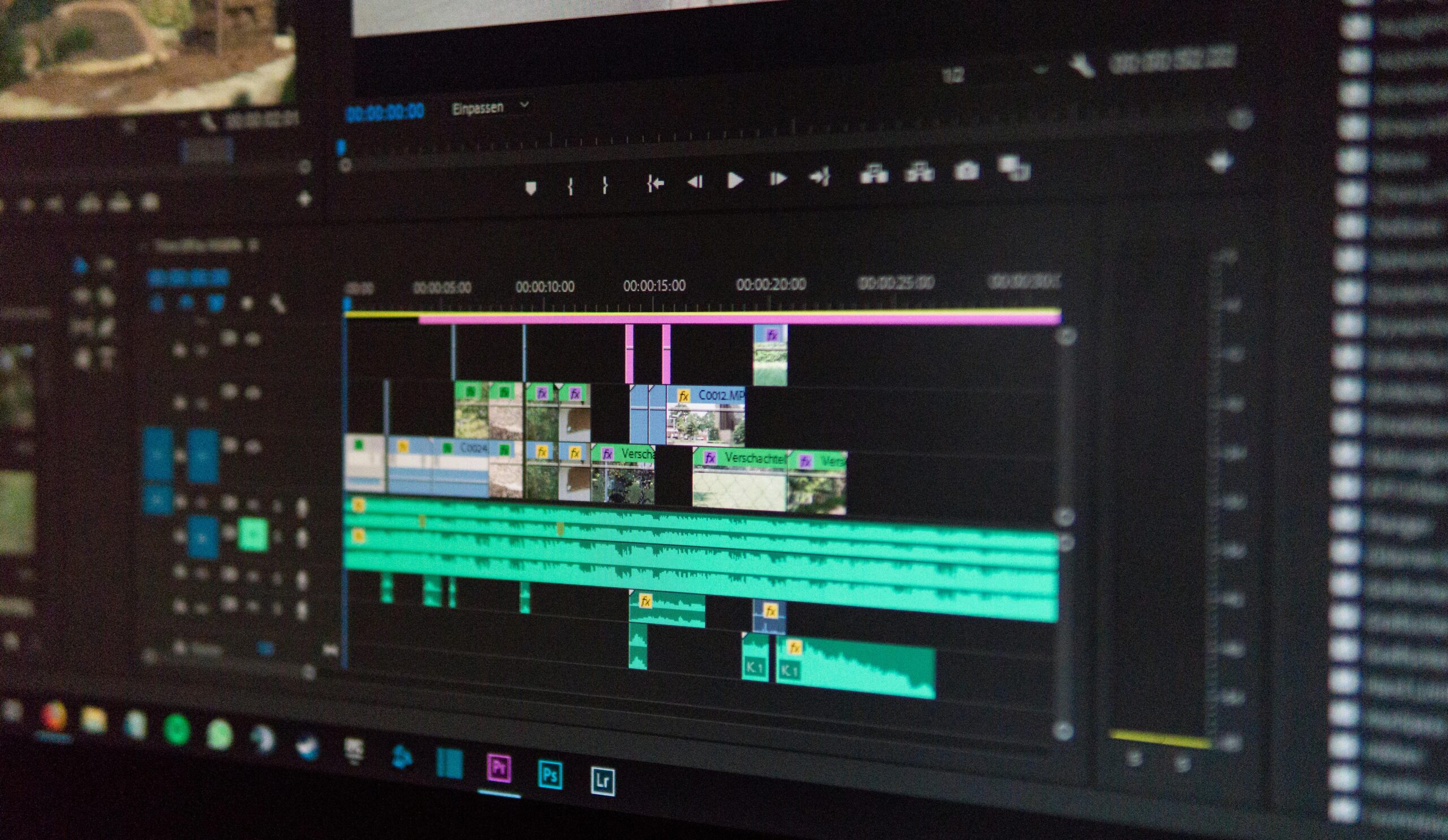Is Graphic Design a Good Career in 2025? Your Definitive Guide to a Thriving Creative Path

In an increasingly visual world, the demand for compelling design is at an all-time high. Graphic design is everywhere, from sleek app interfaces to impactful corporate branding. It shapes our perceptions and guides our interactions daily. If you’re considering this dynamic field, you’re likely asking: “Is graphic design a good career in 2025?” The answer is a resounding yes. However, it comes with important nuances and evolving demands. This comprehensive guide will deeply explore the current landscape of graphic design. We’ll examine its viability, growth potential, essential skills, and the exciting future ahead. Ultimately, we’ll help you decide if a graphic design career aligns with your aspirations. Learn how to position yourself for success in the coming years.
The Enduring Relevance of Visual Communication
At its core, graphic design is about visual communication. It conveys messages, ideas, and emotions through images, typography, and layout. In 2025, this fundamental need is more critical than ever. Businesses of all sizes, across every industry, rely on strong visual identities. They use them to connect with audiences, build brand recognition, and stand out in a crowded digital marketplace. Startups need memorable logos. Established enterprises require sophisticated user interfaces and engaging marketing campaigns. Clearly, the need for skilled graphic designers remains constant and diverse. The digital transformation of commerce and communication has only amplified this demand, creating new avenues and opportunities.
Current Trends: Job Outlook and Salary Expectations in 2025
The job market for graphic designers in 2025 looks stable. Demand continues to be driven primarily by digital media. The overall growth rate might appear modest. The US Bureau of Labor Statistics projects about 2% between 2023 and 2033. However, this translates to approximately 21,100 job openings annually on average. This consistent influx of opportunities underscores the ongoing necessity for visual communication professionals.
However, the graphic design landscape is not uniform. The most significant growth and highest earning potential lie in digital and tech-savvy areas. These include, but are not limited to, the following:

advertisement
In-Demand Specializations: High Growth Areas
- UI/UX Design: User Interface (UI) and User Experience (UX) designers create intuitive and enjoyable digital experiences. Demand for these specialists is exceptionally high due to the proliferation of mobile apps, web platforms, and interactive technologies. UI/UX designers often command higher salaries. Median annual wages typically range from $75,000 to $110,000, varying with experience and location.
- Motion Graphics: Video content continues its dominance across social media and digital platforms. Therefore, motion graphic designers, who bring static designs to life through animation, are increasingly sought after. Salaries for motion graphic designers can range from $60,000 to $100,000 annually.
- Digital Marketing Design: Companies heavily invest in online presence. This creates a strong need for designers who can craft compelling visuals. Think social media, email campaigns, display ads, and infographics.
- Brand Identity Design: The art of creating a consistent and memorable brand image remains evergreen. Brand identity designers play a crucial role in shaping a company’s visual language.
Graphic Design Salary Expectations: What to Anticipate
The average pay for graphic designers in 2025 can range from approximately $49,450 to $65,256. However, several factors significantly influence earning potential:
- Experience Level: As with most professions, salary increases with experience. Entry-level positions might start around $30,900. Conversely, senior-level designers with extensive portfolios and specialized skills can earn upwards of $67,500.
- Specialization: Niche skills, especially in UI/UX, motion graphics, and even AR/VR design, often lead to higher compensation.
- Location: Salaries vary by geographical location. This is influenced by the cost of living and the concentration of design-related industries. Major metropolitan areas typically offer higher wages.
- Employment Type: Freelance graphic designers, particularly those with niche skills and strong portfolios, can often command higher rates than those in in-house or agency roles. However, this comes with the added responsibility of managing their own business.
Essential Skills for the Modern Graphic Designer in 2025
To thrive in the evolving graphic design landscape of 2025, a diverse skill set is paramount. Beyond traditional design principles, embracing new technologies and methodologies is crucial.
Foundational Design Principles: Still Golden Rules
Regardless of technological advancements, a strong grasp of core design principles remains the bedrock of any successful graphic design career. These include:
- Typography: This involves the art and science of arranging type. The goal is to make written language legible, readable, and appealing.
- Color Theory: Understanding how colors interact is vital. Learn their psychological impact and effective use in design.
- Layout and Composition: These principles involve arranging visual elements on a page or screen. The aim is to create an organized and aesthetically pleasing design.
- Imagery (Photography & Illustration): You need knowledge of how to effectively use and integrate images. This includes stock photography, original photography, or custom illustrations.
- Branding: Understanding how to create and maintain a consistent visual identity for a brand is fundamental.
Software Proficiency: The Designer’s Toolkit
Mastery of industry-standard software is non-negotiable. The Adobe Creative Cloud suite remains the industry benchmark. Key tools include:
- Adobe Photoshop: Use this for image manipulation, photo editing, and digital painting.
- Adobe Illustrator: This is ideal for vector graphics, logos, illustrations, and scalable artwork.
- Adobe InDesign: Use InDesign for print layouts, brochures, magazines, and interactive PDFs.
- Adobe XD / Figma / Sketch: These are essential for UI/UX design, wireframing, prototyping, and collaborative design workflows. Figma, in particular, has seen a surge in popularity due to its collaborative features.
- Adobe After Effects / Blender: These are crucial for motion graphics and animation.
- AI-powered design platforms: Familiarity with tools like Adobe Firefly, Canva AI, Midjourney, and DALL-E 3 is becoming important. These can assist in automating repetitive tasks, generating design suggestions, and even creating initial artworks.
Emerging and In-Demand Skills: Future-Proofing Your Career
The graphic design industry is dynamic. Staying ahead means acquiring new skills. In 2025, these are particularly vital:
- User Experience (UX) and User Interface (UI) Design Expertise: This is perhaps the most critical skill for digital designers. Understanding user research, wireframing, prototyping, user flows, and creating intuitive interfaces is highly valued.
- Motion Graphics and Interactive Media: The ability to create animated logos, explainer videos, dynamic website elements, and interactive experiences is a significant asset.
- AI Integration in Graphic Design Workflows: AI won’t replace human creativity. Instead, it will act as a powerful assistant. Designers who can effectively leverage AI tools to automate tasks, generate ideas, and enhance their workflow will have a considerable advantage.
- AR/VR Design for Immersive Experiences: As augmented and virtual reality technologies become more prevalent, designers capable of creating immersive environments and experiences for these platforms will find niche opportunities.
- Sustainability and Ethical Design Practices: With growing global awareness, designers who integrate eco-friendly materials, optimize digital content for reduced energy consumption, and advocate for ethical branding will resonate with conscious clients and audiences.
- Data-Driven Design: This involves using analytics and insights to inform design decisions. This leads to more effective and personalized visual solutions.
- Strong Communication and Problem-Solving Skills: Designers are fundamentally problem-solvers. They must understand client needs, communicate design concepts effectively, receive and integrate feedback, and adapt to changing requirements.
- Adaptability and Continuous Learning: The industry evolves rapidly. A willingness to learn new software, trends, and technologies is crucial for long-term success.

advertisement
Pros and Cons of a Graphic Design Career
Like any profession, graphic design has its advantages and disadvantages. It’s important to consider both sides.
Pros of Graphic Design
- Creative Outlet: For those with an artistic inclination, graphic design offers a fulfilling path. You can express creativity and bring ideas to life.
- Diverse Opportunities: The field offers a wide array of specializations and industries. You can work in advertising, branding, web design, publishing, and even gaming.
- Flexibility: Many graphic designers, especially freelancers, enjoy flexible work schedules. They also have the ability to work remotely.
- Constant Learning: The dynamic nature of the industry ensures designers are always learning. This includes new tools, techniques, and trends, preventing stagnation.
- Impactful Work: Graphic designers play a crucial role. They shape how businesses communicate and how users interact with digital products. This offers a sense of tangible impact.
- Decent Wage: With the right skills and experience, graphic designers can earn a good living.
Cons of Graphic Design
- Client Management and Revisions: Dealing with client feedback, sometimes subjective or extensive revisions, can be challenging. It requires strong communication and patience.
- Deadline Pressure: Many projects are deadline-driven. This can lead to periods of intense work and potential stress.
- Perceived “Easy” Work: Some clients or stakeholders may underestimate the time, effort, and strategic thinking involved in design. This can lead to unrealistic expectations.
- Competition: The field can be competitive, especially for entry-level positions. Therefore, a strong portfolio and networking are essential.
- Sedentary Nature: Like many desk jobs, a graphic design career can be sedentary. It requires conscious effort to maintain physical well-being.
- Staying Current: The need for continuous learning can be a pro for some. However, it can be a con for others. It requires ongoing investment in time and resources to keep skills updated.
Diverse Career Paths within Graphic Design
The term “graphic designer” is broad. A career in graphic design can lead to various specialized roles:
- Brand Identity Designer: Focuses on creating logos, brand guidelines, and visual assets that define a company’s identity.
- UI/UX Designer: Specializes in designing user-friendly interfaces. They also optimize the overall user experience for websites, apps, and software.
- Motion Graphics Designer: Creates animated visuals for videos, web, and television.
- Web Designer: Designs and often codes the visual and interactive elements of websites.
- Packaging Designer: Focuses on the aesthetic and functional design of product packaging.
- Digital Illustrator: Creates original digital artwork for various media.
- Advertising & Marketing Designer: Develops visuals for advertising campaigns, social media, and promotional materials.
- Publication Designer: Designs layouts for magazines, newspapers, books, and digital publications.
- Environmental Graphic Designer: Creates visual elements for physical spaces, such as signage, wayfinding, and large-scale displays.
- Art Director / Creative Director: These are more senior roles. They involve leading creative teams and overseeing the visual direction of projects or campaigns.
- Freelance Graphic Designer: Works independently with multiple clients. They manage their own business and projects.
- Graphic Design Educator: Teaches graphic design at educational institutions.





